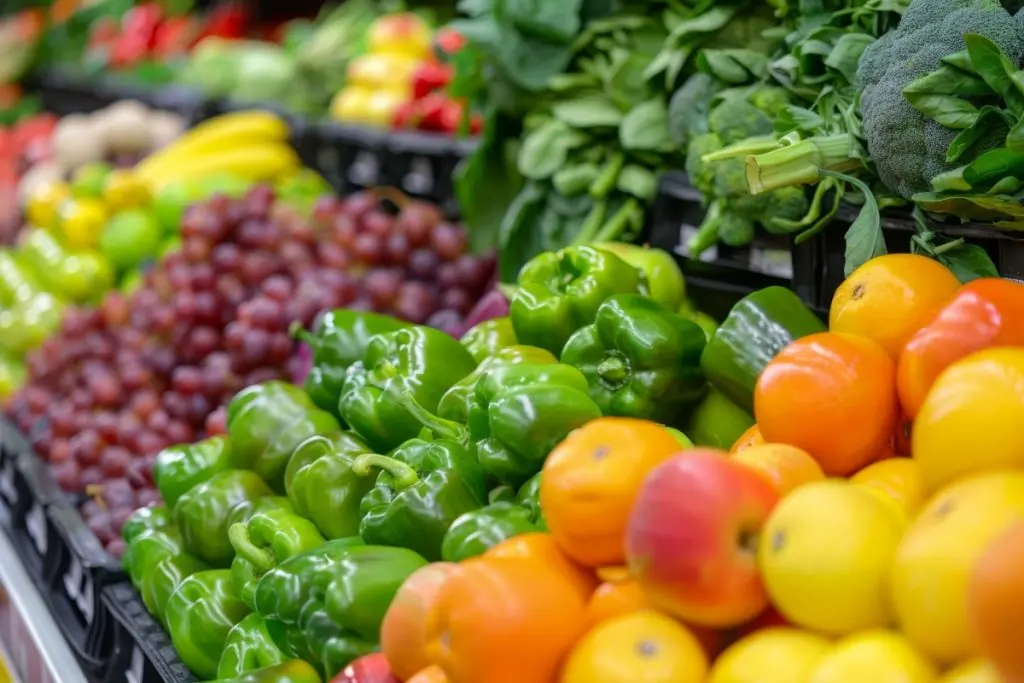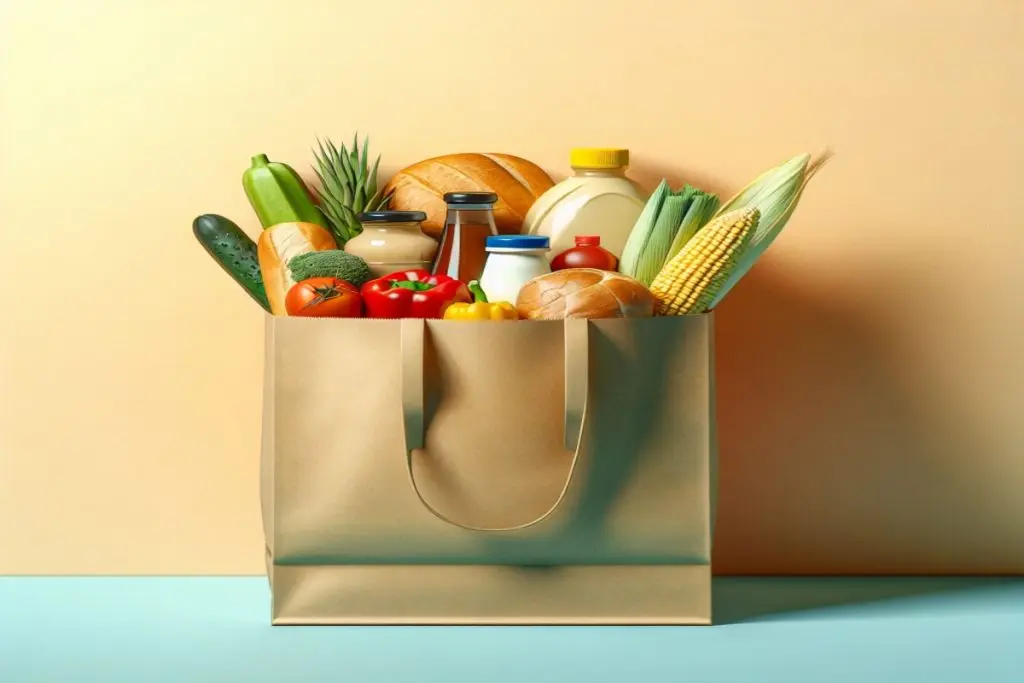If you’ve been keeping up with politics ahead of election season, you know that the price of food is a big talking point. That’s because many Americans are tired of paying so much at checkout, and every candidate has a solution. Before you cast your vote, let’s take a closer look at why food prices are so high, how we got here, and what experts think will happen next.
KEY TAKEAWAYS
- Over the past year, food prices have increased only by 1% compared to the previous year’s 5%.
- Food price fluctuations are driven by supply and demand, transportation costs, inflation, tariffs, and changes in consumer behavior.
- Strategies like buying in bulk, focusing on seasonal and local produce, and using coupons and discounts when shopping can help manage grocery expenses during price hikes.
- While some items may become cheaper as 2024 ends, a substantial decrease in overall grocery costs is unlikely.
Why Are Groceries So Expensive?
Despite what you may hear from a debate podium, grocery prices are not increasing rapidly. In fact, grocery prices went up only by 1% in the last 12 months, which is a big improvement from what we saw the year before.

In 2023, food prices jumped by 5%, which may explain why everything still feels expensive. Of course, when prices start growing less, it doesn’t mean they’re going down.
Another reason groceries cost more is “shrinkflation.” This happens when food producers shrink the size of packaged goods while still selling them at the same price.
Why Are Food Prices Going Up and Down?
A few economic factors influence the volatility of food and grocery prices. First, there is the law of supply and demand. When farmers have a good harvest, groceries become more abundant, leading to lower prices. When weather conditions damage crops, supply decreases, causing prices to rise.
But there’s more to consider. Transportation plays a key role in the fluctuation of food prices, too. If fuel prices go up, it becomes more costly to transfer goods to cities and supermarkets. These costs are then reflected in the final price the consumer pays vendors.

Macroeconomic and microeconomic indicators also influence food prices, as everything in economics is connected. First, if the U.S. raises tariffs on certain consumer goods, it would cost more to import them to the country, subsequently making them more expensive.
Next, as inflation rises, the value of money (or its purchasing power) declines, and producing and distributing groceries becomes more expensive. This drives up food prices. As inflation slows down, food prices may not drop immediately, but the rate of increase could lessen, as is happening now.
And finally, changes in consumer behavior can influence prices. For instance, the prices of pumpkins may go up temporarily before Halloween due to increased demand, after which they will go down again.
How Can You Adapt to Fluctuating Food Prices?
Food price increases can be tough, especially if you’re feeding an entire household. Here’s how some Americans cope with fluctuating food prices:
- They buy in bulk. When economic indicators show that the prices will soon increase, some consumers store up on non-perishable goods like rice, pasta, and canned goods.
- They plan meals around seasonal and locally produced goods. For instance, if locally-produced eggplants are more available in the summer, that’s probably when they will cost less.
- They use coupons and shop around discount days to take advantage of supermarket weekly deals or loyalty programs.
Will Food Prices Go Down in 2025?
According to recent economic analyses, prices will likely rise to some degree. (However, the cost of fruits, vegetables, and milk has already decreased.) The USDA predicts that the cost of food at home could decline by up to 6.6% or increase by up to 9.4%.
If inflation continues slowing down, wages might rise. Last year’s salaries rose by 3.9%, and we expect them to increase by a similar level by the end of 2024, which will help consumers pay for higher food prices.
So, if you’re wondering why food prices are high, the recent inflation spike is one of the most significant reasons. However, this is a normal economic cycle.